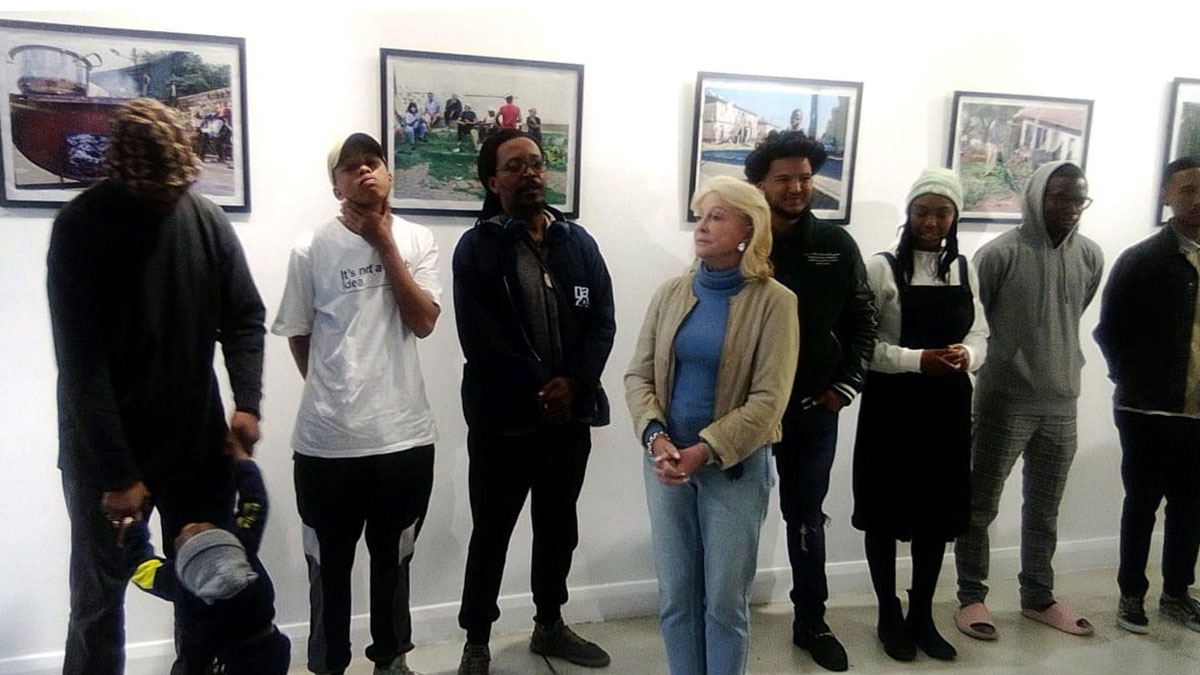A community photographic exhibition at Market Photo Workshop reveals the aspirational side of Riverlea township in Johannesburg
Home Address curated by veteran photographer Andrew Shabangu, is up at the Market Photo Workshop, Market Square, 138 Lilian Ngoyi Street, Newtown, June 17-July 29, 2023.
By Edward Tsumele, CITYLIFE/ARTS Editor
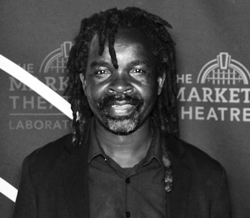
Let us just say you have just landed from else, and the first place you visit is a township called Riverlea, just a few kilometres South of Johannesburg. You would be excused to think that the demography of this place represents all what South Africa is about. You would see a lot of brown people walking up and down its streets, with a sprinkling of their darker cousins here and there. Some of course would be in their houses.
You would also notice a number of people milling around, seeming to be doing nothing during a weekday. The houses would also be mainly not plastered. But of course you would also see a sprinkling of big houses here and there. Spacious even. Very few these ones. The bars would also be busy. Even extremely busy. Teeming with mainly teenagers drinking alcohol, alongside adults. Maybe even a sporadic bout of arguments breaking out among especially the young boozers. Before of course eventually petering out.
Welcome to the township of Riverlea, population according to Adrian Frith‘s 2011 Census analysis report, whose statistical data was gleaned from Statistics South Africa16,226 (4,771.91 per km²), area 3.40 km² and households 4,208 (1,237.53 per km²).
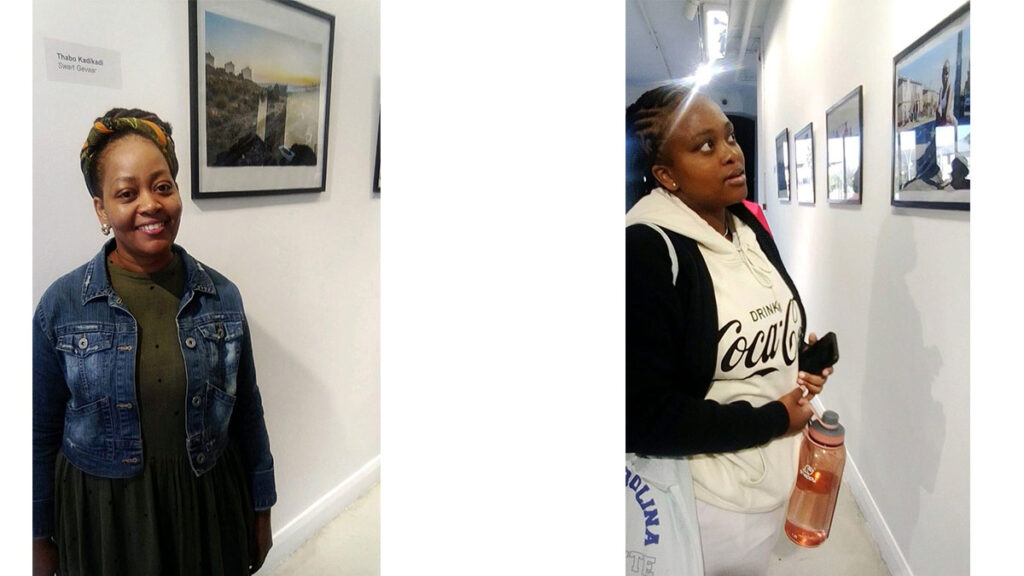
The languages spoken in the townships are Afrikaans (38%), English (36%), Setswana (3%) and isiZulu (8%). The Coloured and black African split in terms of residents is 67% and 30 %, with the remaining 3% belonging to other races, other than black and Coloured. The biggest population segment aged between 20 and 30, this means that the majority of the residents are the youth who are supposed to be either attending university or working.
Essentially, Riverlea one of the poorest townships in Johannesburg, is a suburb fighting to claim its stake in a country that is wealthy. Relatively speaking, but also with astounding pockets of poverty. Riverlea, just like many other townships where people, other than whites, live, finds itself in the grip of vicious cycles of various social ills. Poverty. Joblessness. Hopelessness. Precariousness and the apparent break down of the social fabric that often binds a community together.
All these elements are part of the community. Most of these social malaise are the legacy of apartheid. A system that practised segregation based on race. Spatial planning informed by race. The allocation of resources depending on how a community looks. But sadly, some of the problems, such as the lack of decent houses and poor service delivery by city authorities, are in fact a product of a post-Apartheid South Africa failing to meet the needs and the aspirations of a free people. Several townships in South Africa today find themselves facing several challenges similar to those that face the people of Riverlea.
Designed as a place where the so Coloured people were by law to live by the apartheid government, but in a free and democratic South Africa, Riverlea is a place where you will also find a number of black Africans who have moved into the area. Often hailing from the other townships, such as Soweto nearby. Even those from the rural areas working in Johannesburg as migrant workers, practically calling two places home at the same time.
The rural home where they were born, and another home in urban areas necessary to be close to their work places. This is the reality facing the majority of black South Africans today. Riverlea In the past, was slightly better than the neighbouring township of Soweto. The township was mainly seen as a middle class suburb. Sort of. But today, its contentious shift downhill is there for everyone to see. For example, just like other townships, crime is tearing the community apart. Alcohol abuse among the youth is a real concern to parents. Drug abuse is even a greater concern to the community. So is physical violence and the destructive culture of gangsterism.
The aspirational side of Riverlea
Though what I have stated above pretty much forms part of this community’s daily experience and existence, it is only a partial reflection of that community. It is a one side dominant narrative sustained in mainstream debates and dinner table conversations. In fact, it would be to miss an important point to claim that this is all Riverlea is about. What I have painted aboveis the picture you will of course see on the surface of Riverlea.
But the reality of daily life in Riverlea though is more complicated and nuanced than that picture. You would need to dig much deeper. Paying particular attention to its nuances in order for you to have a holistic view of this township. For example, it is a suburb that has produced some of the leading lights in the arts. Most prominent being its most famous sons, the late novelist Chris Van Wyk, and well known TV actor Zane Meas. Just to mention two.
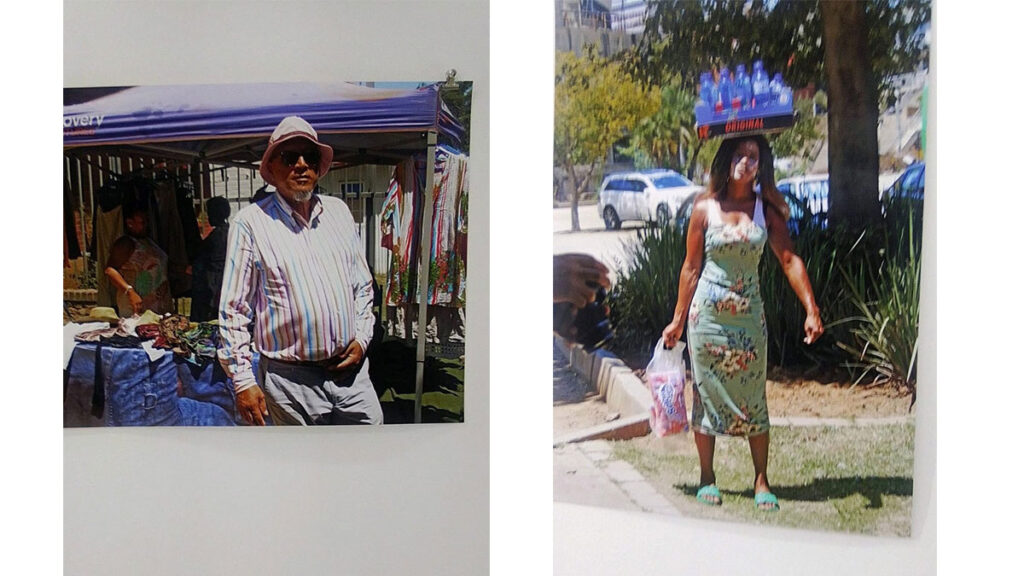
But there are many more people of Riverlea doing great work in the community. But unfortunately, you will not read about them in publications. You will not hear their voices on radio. Neither will you see them on TV talking about what they do in the community to uplift the downtrodden and those surrendering from life’s difficulties.
These community activists and builders do not enjoy the same public profile as those two celebrated sons of the township. One of those is Mercy Daniels. Her story is as inspiration as it can get. Forced to drop out of university where she was studying psychology as funds for fees ran out, she did not sit back and be sucked into the culture of victimhood.
A trap so many in the situation like hers often fall into. That trap of taking the position of a victim when life’s challenges confront one, is a defeatist attitude. Sure to drag one into a hole that will prove to be difficult to come out of.
Instead, Daniels stood up and did something that would have a tremendous impact on the life of the youth in this community. Certainly hers too. Transforming their lives in a tremendous way. She founded a Non-Profit Organisation called the Mercy Daniels Foundation. It works with the youth from the community. Skilling them. Mobilising resources to send those whose parents cannot afford fees, to school.
I know all this because I had a brief chat with Daniels on the side lines of the opening of a photographic exhibition on Saturday, June, 17, 2023. The exhibition opening, which took place at the Market Photo Workshop in Newtown, Johannesburg, is about the Riverlea community created by the residents themselves. Documenting their daily lives. Creating a narrative that they would want the world to know about them. A counter narrative to the often widely held view that says everything is down the hill in that community.
Daniels was on Saturday, introduced to guests that included scholars from New Nation Schools who were also invited at the opening of Home Address exhibition at the Market Photo Workshop in Newtown. New Nation Schools are a group of elite private schools started by former Standard Bank Chief Executive Officer, Sizwe Nxasana and his wife, Judy Dlamini, the current Chancellor of the University of the Witwatersrand.
Designed as a Community Media Project by the Market Photo Workshop team, Home Address documents the everyday life of the residents of Riverlea. No, the pictures do not show the poverty side of the township. But a colourful life of a people trying to live as a normal a life as is possible. Even under their difficult circumstances. And their challenges are many: Poverty. Joblessness. Unemployment in the ranks of the youth. Because these images were made by the residents themselves, given cameras by the Market Photo Workshop to tell their own stories, these are therefore, the stories this community on the margin of society, wants the world to know about their community.
They are an aspirational community, looking forward into the possibility of creating a bright future for their generation, and for the next one. Rather than looking into the gloomy picture of the past, a past they would rather forget for the sake of progress. The point in this exhibition is this: The picture being painted by the community here, by this photographic narrative, is that of a people trying very hard to emerge from the depth of poverty, hopelessness and marginality to reclaim their almost lost human pride and dignity.
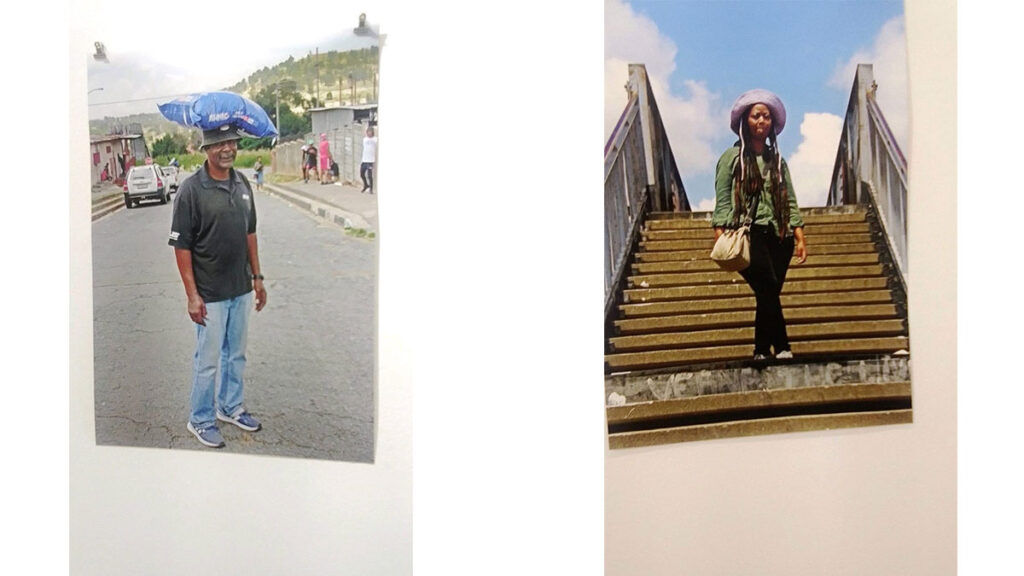
Through these images, you will encounter ambitious young people in the community doing great work. A people who dream big, irrespective of their circumstances. For example, you will encounter a young hip hop artist and producer named Maribe Trevor Mokgobu. Better known as La Trevor in the community. He is just one of several other bright sparks from Riverlea. There are others working hard and hoping to extricate themselves from their limiting situations too. La Trevor’s socially conscious work is about people and their stories of pain, love, joy, faith, passion and dreams.
Through this exhibition in which Daniels through her foundation played a crucial role of co-ordinating the community participants, the stories of Riverlea have been beautifully told to the world by its own community. It is a story of hope and ambition to reach higher heights of community progress driven by purposeful pursuit of that which seems to hold many communities back, but has the potential to open doors of progress and humn fulfilment for them.
The Community Media Project has been going on for the past three years. The Market Photo Workshop oversaw the project, and in turn, received funding from the Barlow Foundation. The curator of Home Address is veteran photographer Andrew Shabangu, with fellow photographer and writer Tshepiso Mabula, assisting him. Other artists who worked with the community in this project as facilitators and mentors, including Jodie Pather, Siphosihle Mkhwanazi, Mpho Khwezi, Thandile Zwelibanzi, Loyiso OldJohn, Dahlia Maubane and Andile Komanisi.
Though the community were the ones that led the process of creating this photographic narrative, they were assisted and mentored by these experienced arts practitioners. Fine-tuning this nuanced story of a community almost on the margin of mainstream society, into a coherent narrative. Viewing their story leaves you with a good feeling. It is a community’s story of resilience in the face of social challenges. It is a story many will connect with at an emotional level. Even those that have not set foot there. It is a story with an enormous potential for universal appeal.
The community participants in the project are Maribe Trevor Mokgobu, Thabo K, Yusha Jones, Lesego Chadwin Mamashela, Gabrielle Moutembo –Nyangala and Keagan Stamboul.
.Home Address is up at the Market Photo Workshop, Market Square, 138 Lilian Ngoyi Street, Newtown, June 17-July 29, 2023.










